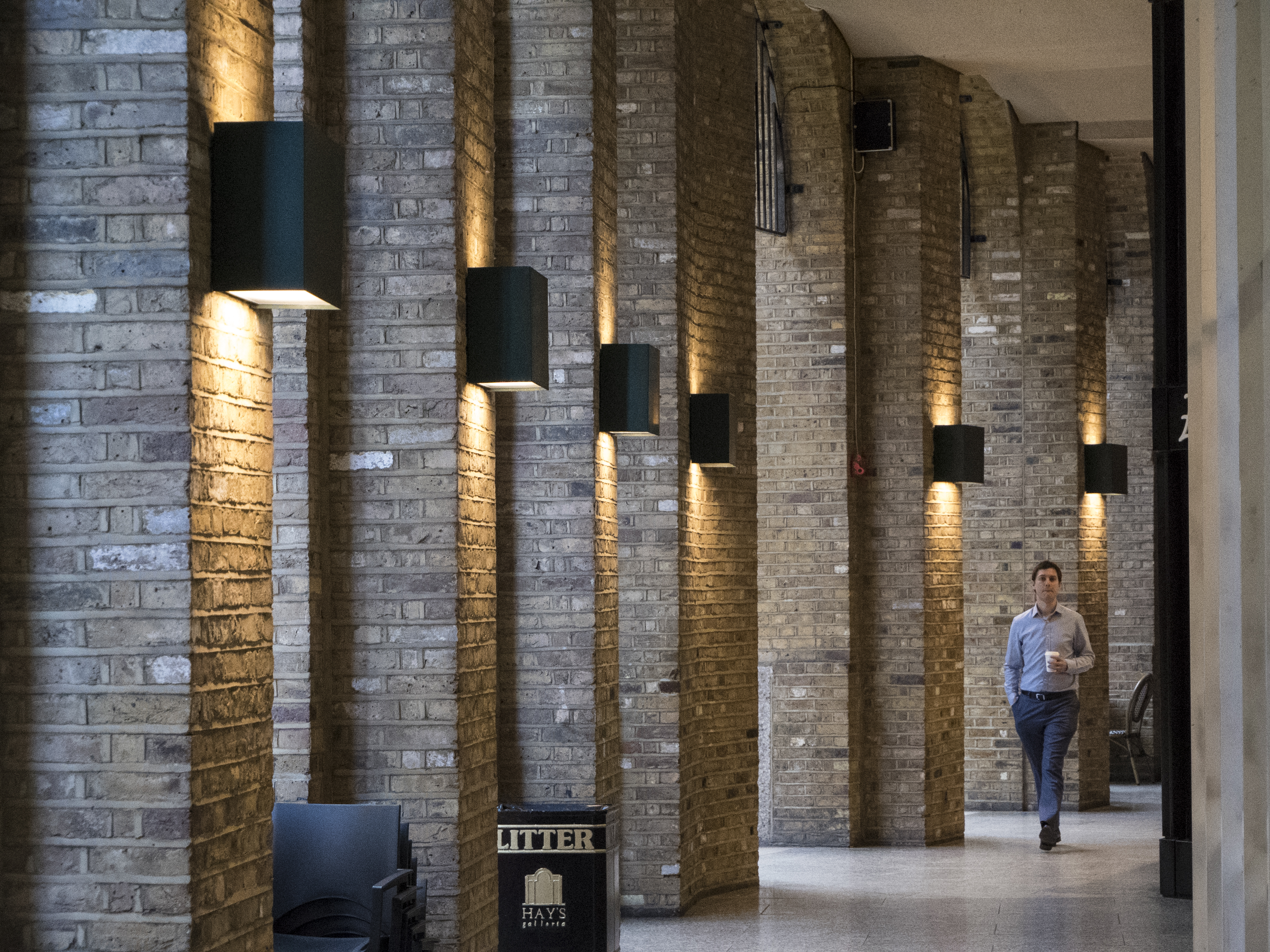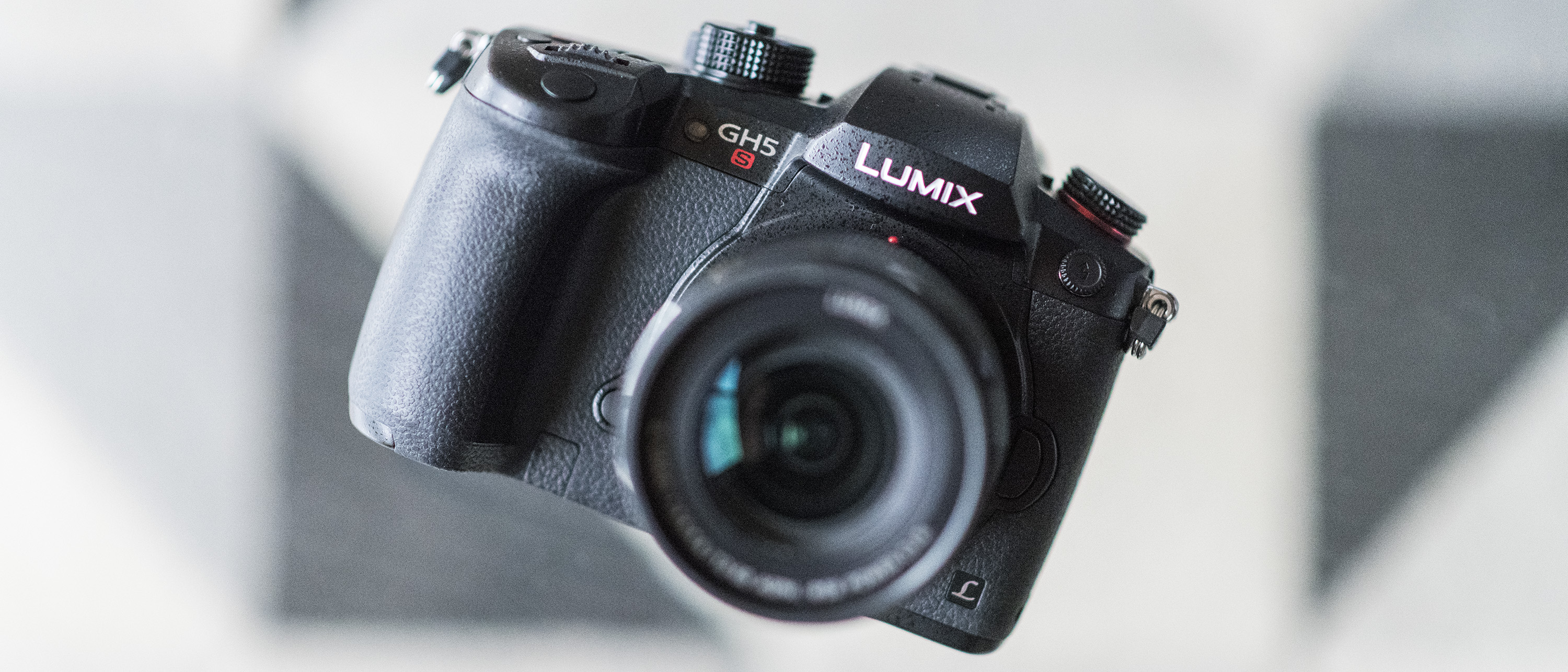Why you can trust TechRadar
Performance
- Solid metering system
- Great viewfinder and touchscreen
- Good but not great battery life
The Lumix GH5S uses the same 1,728-zone metering system as we've seen in the GH5 (and quite a few other Lumix cameras for that matter), and as we've seen before it's a consistent performer – in most instances we found that we didn't need to reach for the exposure compensation button.
Its white balance system also delivers the goods, producing natural-looking results, although if you're wanting a touch more warmth in overcast conditions then one of the dedicated presets might offer that little bit of extra bite.
The large and bright EVF display makes for an excellent shooting experience: contrast is great, while the feed is incredibly smooth thanks to the fast refresh rate. On the rear LCD Panasonic's touchscreen interface is also one of the best around, offering a wide breadth of control whether you're shooting or reviewing images.
Battery life is rated at 440 shots, which is actually a little bit better than the GH5's 410 shots. That makes the GH5S better than some mirrorless rivals, although we reckon you'll still need a handful of spare batteries to make sure you're covered for a day out shooting.
Image and video quality
- Stunning video capabilities
- Still images show good noise control
- Good color rendition
Looking at stills before moving onto video footage, the GH5S's 10.2MP images hold up pretty well considering the low resolution on offer. The camera handles higher sensitivities better than its GH5 sibling, with noticeably less luminance (grain-like) noise, while dynamic range is a little better too. That said, those looking to shoot a good number of still images as well as capturing video will be better served by the higher-resolution GH5.




4K video from the Panasonic GH5S is impressively clean. Thanks to the internal 4:2:2 10-bit recording, there's just so much information across the tonal range, making for highly detailed footage at 400mb/s.
But while 4K resolution is all well and good, how well does the GH5S capture light? V-log L comes pre-installed – it's a pretty pricey extra for previous models – and this puts the camera into a log picture style, allowing you to capture more information in the shadows and highlights. When used in conjunction with one of the two native ISOs, the GH5S can capture nearly 14 stops of dynamic range, almost as many stops as cinema cameras from Arri or Red.
As such, footage is highly flexible when it comes to color grading. Adjust color, contrast, and saturation and footage mostly holds up, with shadows and highlights maintaining strong detail, while colors are rendered well. Skin tones are captured in a very natural, yet flattering way. In the right hands, the footage can come close to looking like it’s straight from a movie.
The Lumix GH5S also shoots slow-motion, specifically 240fps in Full HD. The footage is super-smooth, and makes for some really fun shots. However, the pixel-peepers out there may be disappointed with the quality in this mode, with the heavy in-camera processing leading to a significant loss in detail; shadows suffer the worst, but even midtones lack crispness, especially in skin tones. There's also a considerable amount of digital noise, even when there's lots of available light.
Current page: Performance, image quality and video quality
Prev Page Build, handling and AF Next Page Verdict and competitonPhil Hall is an experienced writer and editor having worked on some of the largest photography magazines in the UK, and now edit the photography channel of TechRadar, the UK's biggest tech website and one of the largest in the world. He has also worked on numerous commercial projects, including working with manufacturers like Nikon and Fujifilm on bespoke printed and online camera guides, as well as writing technique blogs and copy for the John Lewis Technology guide.

